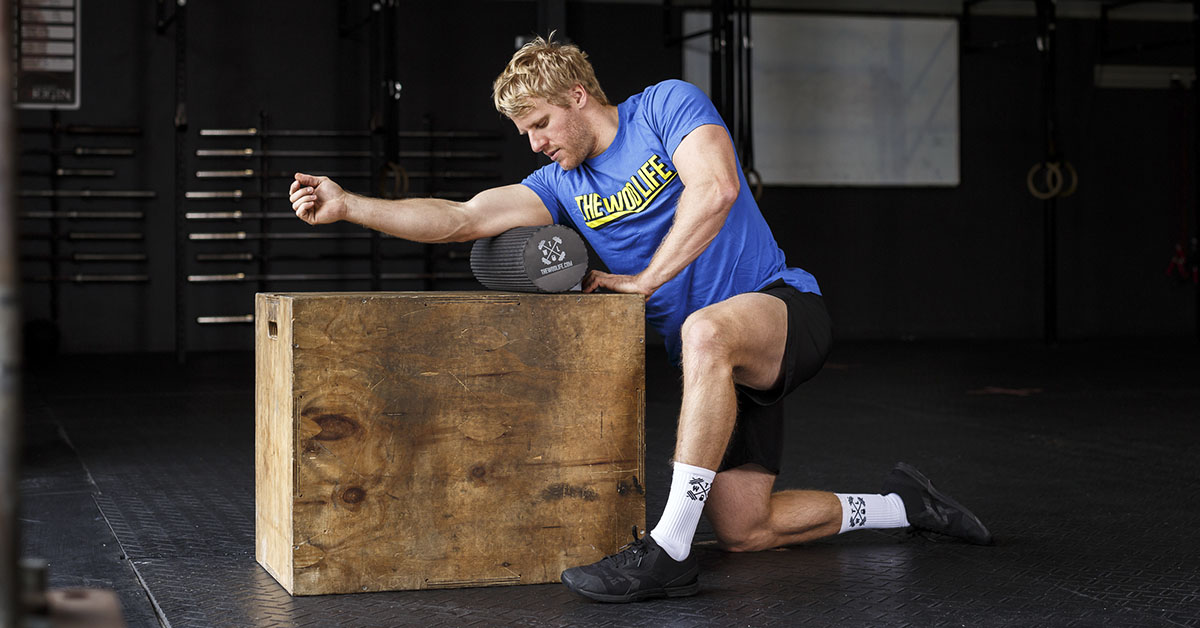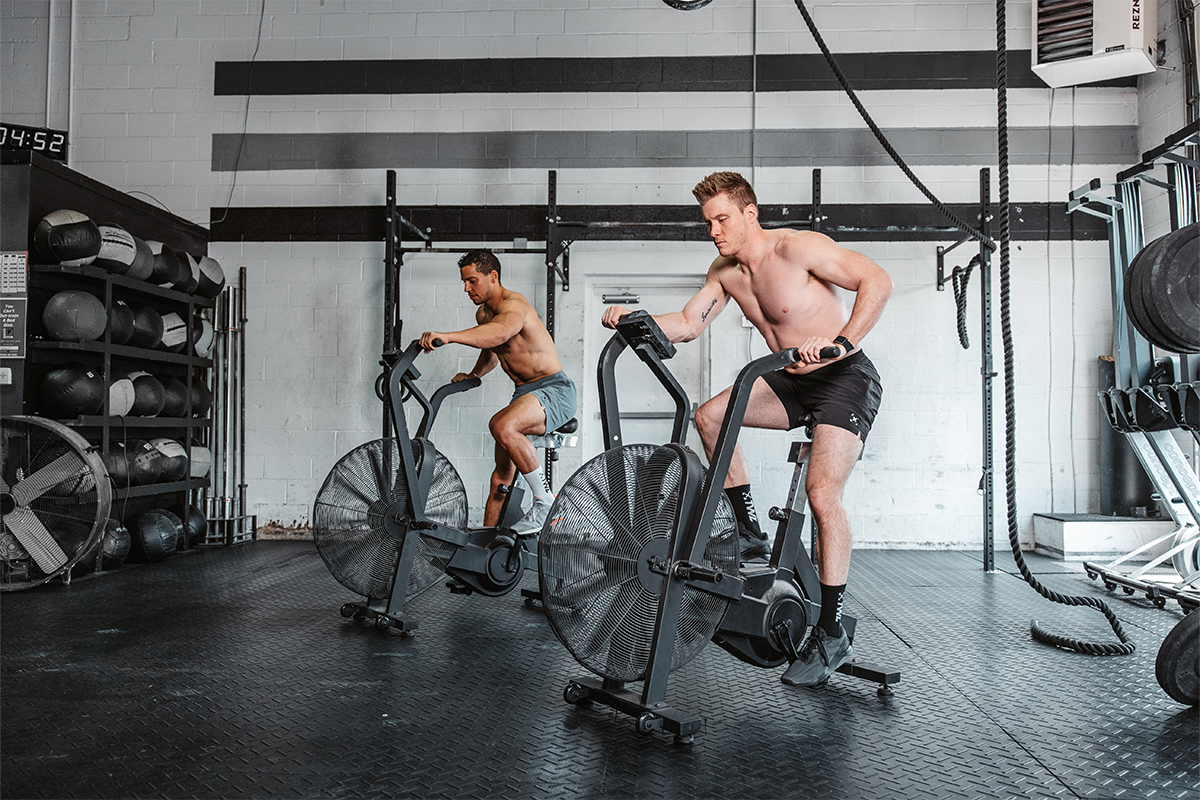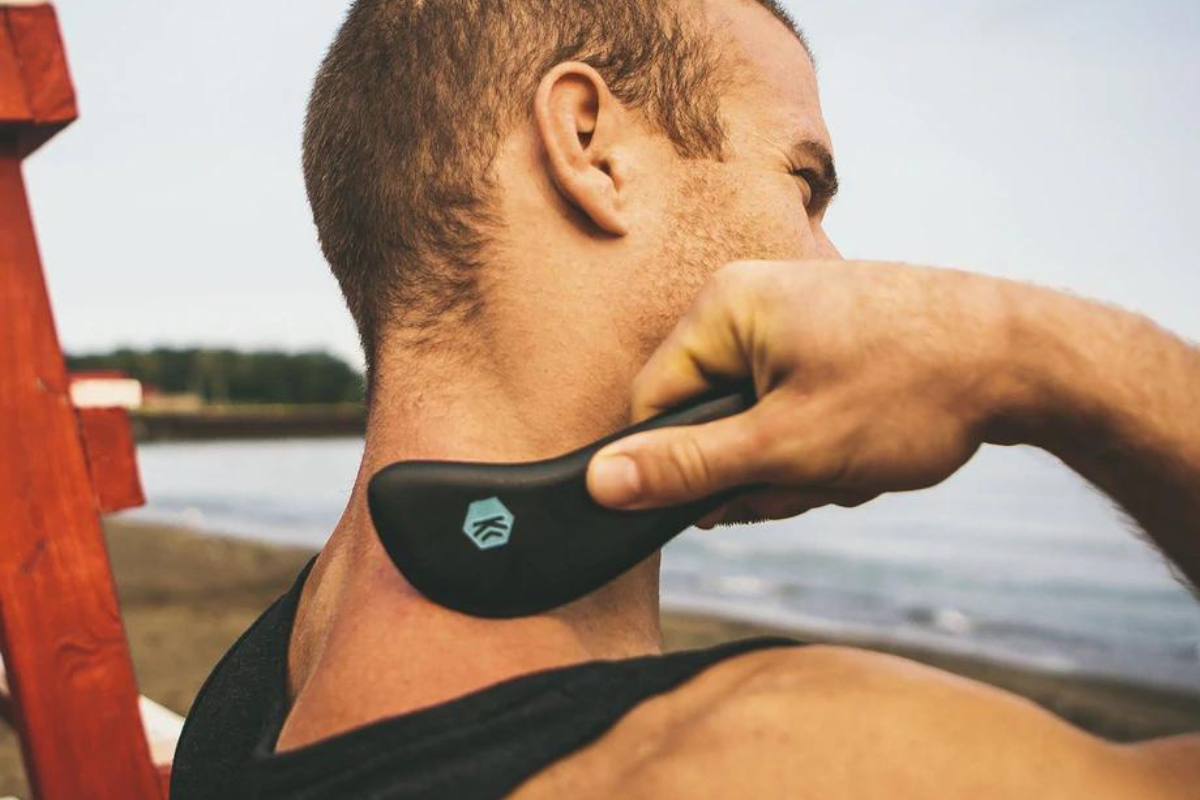You’ve finished a week of grueling training and the immobilizing soreness has hit you full force. It might be tempting to collapse on the couch for the next two days — and there’s definitely a place for complete rest days — but lounging around isn’t necessarily your best option for recovery. Instead, you should tackle this obstacle with intentional activity — also known as active recovery.
Benefits of Active Recovery, According to Science
A lot of studies have considered the impact of active recovery used immediately after a tough workout. Active recovery has been shown to enhance the removal of lactic acid, which builds up in the bloodstream and can lead to muscle soreness. It’s also been shown to maintain a higher power output when used during the rest period of interval sprints. This means engaging in active recovery right after training will likely yield positive results.
When it comes to active recovery on rest days, the benefits are different. The day after a challenging workout, lactic acid has lowered to its normal level — but delayed onset muscle soreness (DOMS) starts setting in. Your legs might feel as dense as bricks, or your triceps may be so tender, it hurts to straighten your arms.
Studies have found that low-intensity (or therapeutic) exercise both benefits psychological recovery after a hard workout by promoting muscle relaxation, and better improves strength recovery than plain old rest. In other words, if you’re dealing with soreness and a loss of mobility in the days after a workout, an active rest day will serve you better than sprawling on the couch.
The overall takeaway? If soreness is bothering you, science agrees active recovery is likely the best answer.
Here’s What You Should Do
First, assess your sore spots. Are your quads jacked up? Are your traps, deltoids, and lats making you groan? What about your lower back? Once you’ve identified the primary sore areas, choose a low-intensity cardio approach to warm up and loosen those areas. Here are some examples.
Legs: Go for a jog or hop on a bike for 10 to 15 minutes.
Arms/Chest/Back: Row on a low damper setting at an easy pace for 7 to 10 minutes.
If you are most tender in your core or lower back, choose any of the above suggestions and then hit the foam roller and do some stretching. (This is the foam roller we use.)
Once you are warmed up, find a spot on the floor and stretch. These are some of our favorite mobility exercises that don’t even require equipment. You could also try these mobility drills, targeting your sore spots.
If you were so sore before warming up that it was hard to stand up and sit down or stretch out your arms, stick to mobilization and low-intensity cardio — and stop after about 30 minutes. If your soreness was uncomfortable but not significantly immobilizing, you can use this time to practice some light skills: Olympic lifts with an empty barbell, kipping, toes-to-bar, double-unders. (Need a new rope? We’re obsessed with this one.)
Other Options for Your Active Rest Day
- Yoga: Go to a class or stick to beginner poses that target mobility.
- Swimming: A low-impact option that’s especially good if your joints are bothering you. Remember to stick to an easy pace.
- Hiking: Not the best choice if your legs are so sore they feel like lead; but if soreness isn’t an issue, go ahead and hit the trails.
- Bike ride: If possible, choose a route with fewer inclines and more declines.
The goal of an active rest day is to feel better when you finish than you did when you started, so be careful to keep the intensity low and move only light loads.
Before long, the increased blood flow and release of endorphins — not to mention your targeted mobility work — should have you feeling and moving better.

















